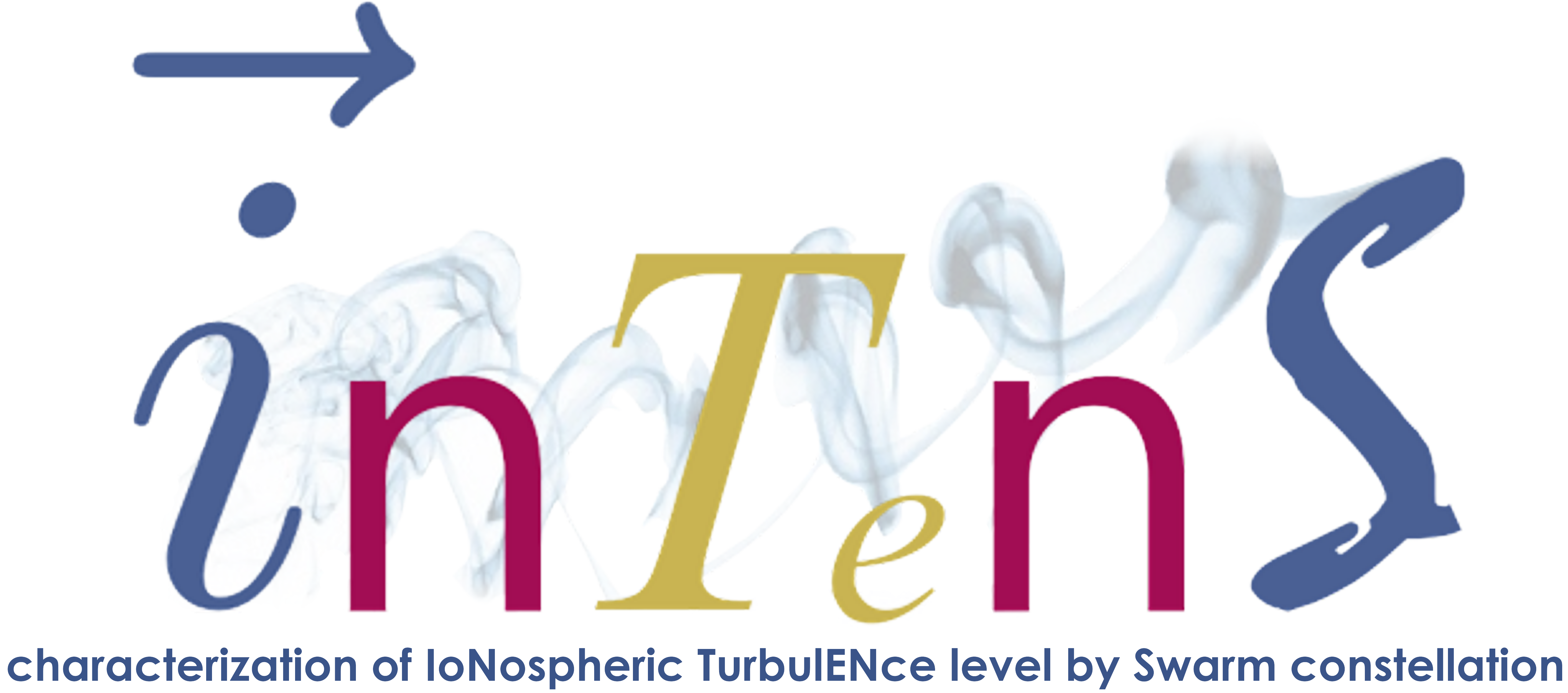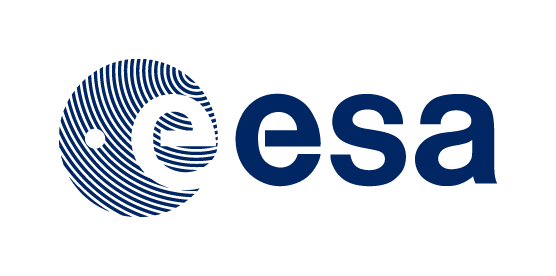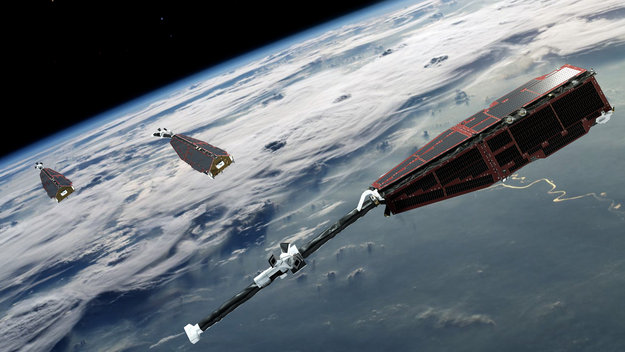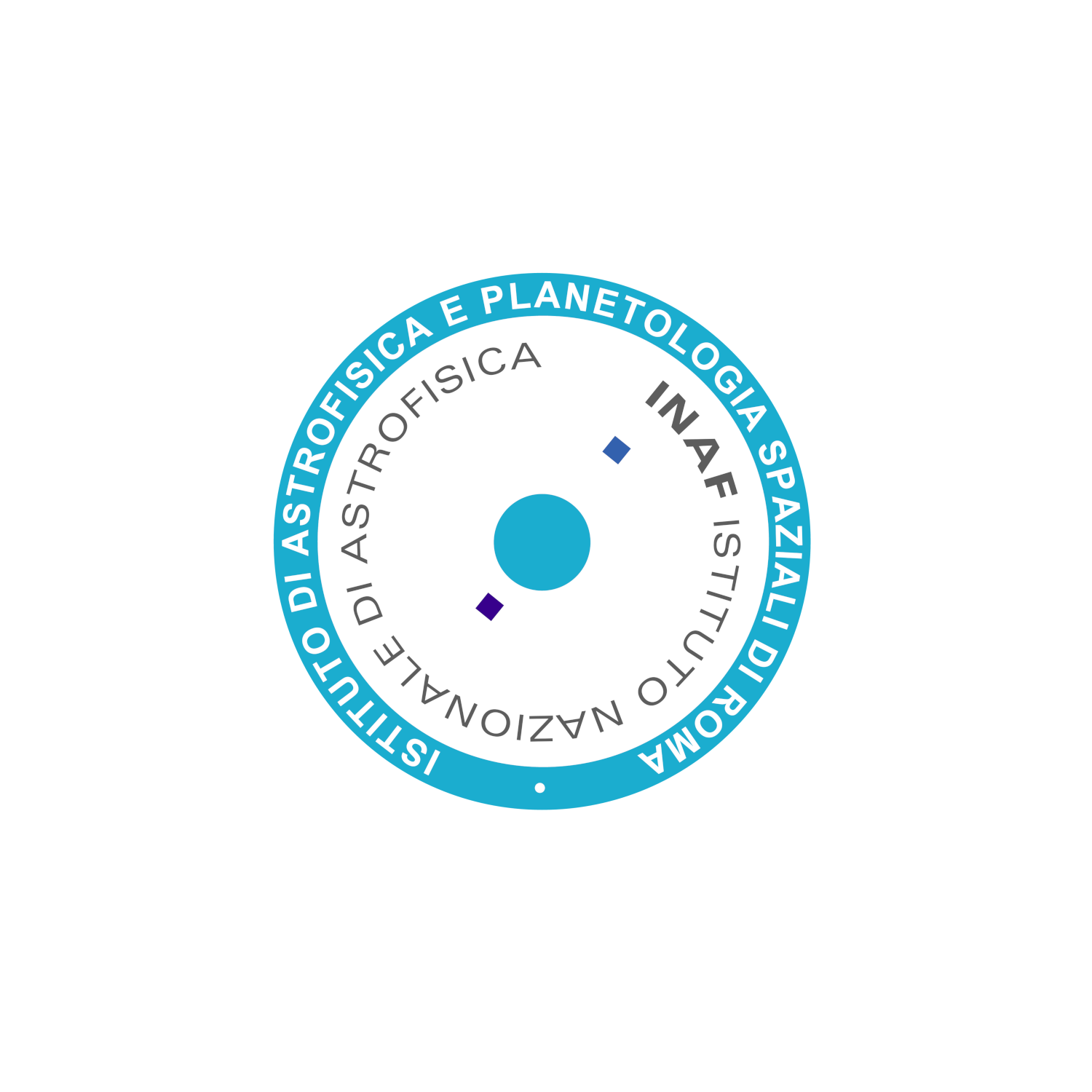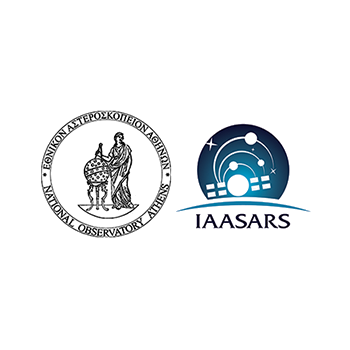INTENS - Characterization of IoNospheric TurbulENce level by Swarm constellation
INTENS is a project funded by the European Space Agency (ESA), through the “Earth Observation Science for Society Permanently Open Call (EOEP-5 BLOCK4)”. The project started the 3rd December 2018 and it has the duration of one year (ESA/Contract no. 4000125663/18/I-NB). Prime contractor is the “Istituto Nazionale di Geofisica and Vulcanologia” (INGV, Rome, Italy), which coordinates two sub-contractors: the “Istituto di Astrofisica e Planetologia Spaziali” of the “Istituto Nazionale di Astrofisica” (INAF-IAPS, Rome, Italy), and the National Observatory of Athens (NOA, Athens, Greece).
The purpose of the project is to investigate the turbulent nature of geomagnetic field and plasma parameters (electron density and temperature) in the F region of the ionosphere as recorded by the ESA Swarm constellation during a period of 4 years (from April 2014 to March 2018).

Specifically, fluctuations of these quantities, as well as their scaling features, will be thoroughly investigated during different geomagnetic disturbance conditions to shed light on the role played by the plasma turbulence in creating multi-scale plasma structures and inhomogeneities in the ionospheric environment at different latitudes.
The characterization of the dynamics of plasma irregularities and bubbles, and their persistence in space and time, as a function of different external drivers is of uttermost importance in the framework of Space Weather studies: turbulence and ionospheric instabilities play in fact a key role in the perturbation of the Global Navigation Satellite System (GNSS) signal propagation, so affecting all related applications implying precise timing and GPS; moreover, a turbulent ionosphere can seriously perturb the HF radio communication.
Focused analyses of the parameters recorded by the Swarm constellation are expected to provide a reliable characterisation of the nature and level of the ionospheric turbulence on a local scale, which can be displayed either along a single satellite orbit or through maps over the region of interest. The same parameters can be used also to study space-climatological variations of scaling features of the geomagnetic field and ionospheric plasma according to different geomagnetic activity levels and interplanetary magnetic field orientations.
Swarm measurements will give the opportunity to get a precise characterization of the different ionospheric turbulence regimes of the medium crossed by satellites on scales from hundreds of kilometres to a few kilometres, when considering low resolution data, and from tens of kilometres to a few meters, when considering data at the highest resolution. Ground-based observations from the SuperDARN network at high latitudes and the ENIGMA array at low-middle latitudes will complement Swarm data. The obtained results will be interpreted in the light of previously theoretical, numerical and observational published works.
The investigation proposed in this project is an example of the capability of Swarm data to provide new insights on the ionosphere-magnetosphere coupling and, at the same time, to develop methods of analysis based on the scaling features of geomagnetic field and plasma parameters as local indicators of the ionospheric conditions.
More details on the project objectives, the analysis techniques, and the dataset used can be found here, while readers interested in the basic concepts of turbulence and, in particular, ionospheric turbulence due to Sun-Earth interaction can have a look to our educational page "turbulence in pills", and to references herein contained.
